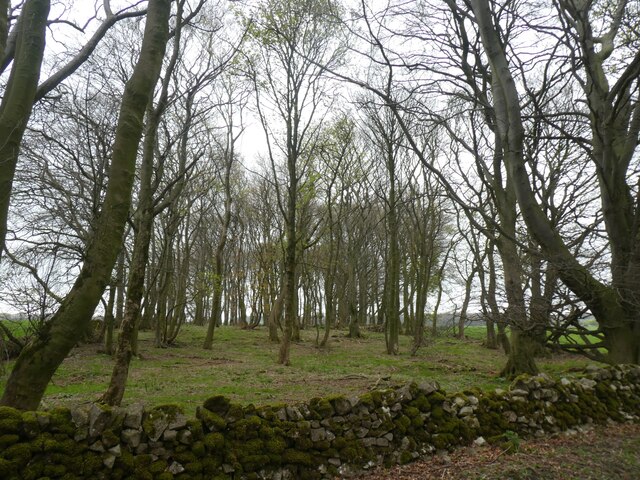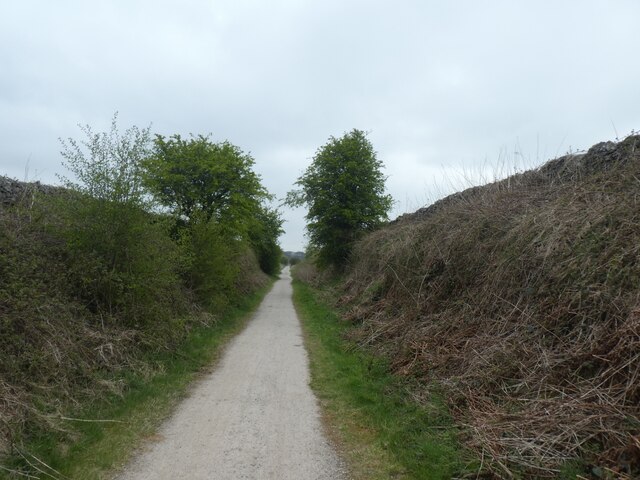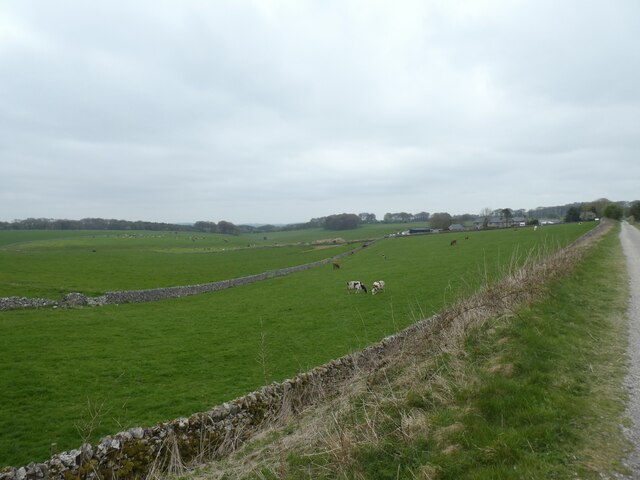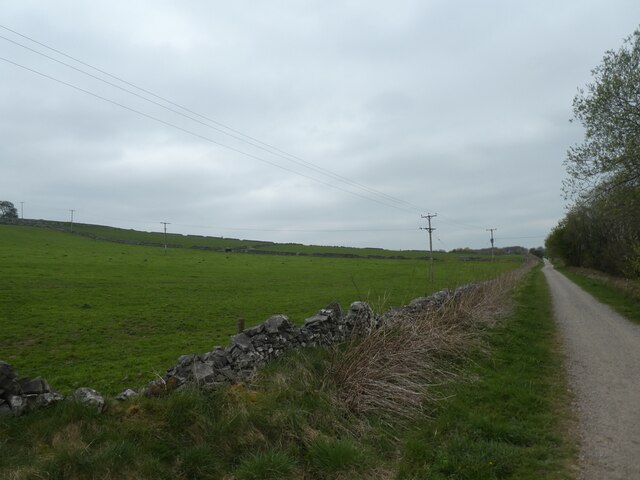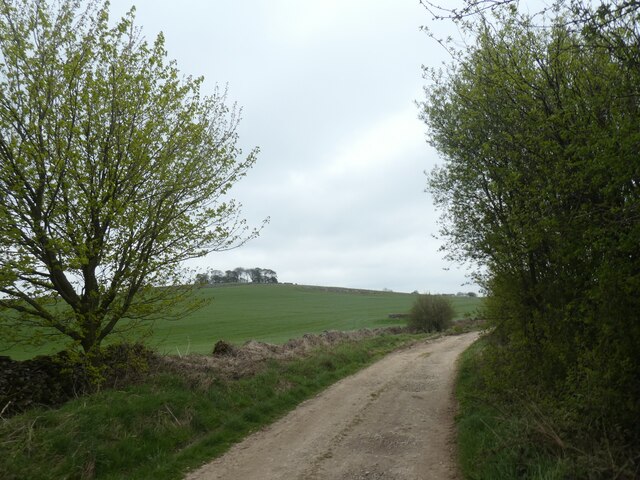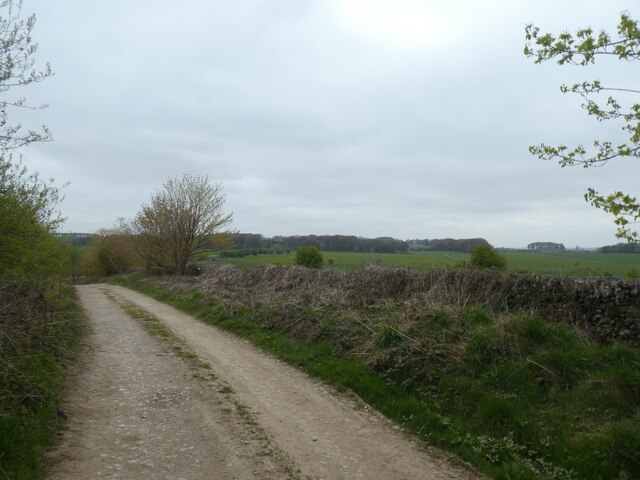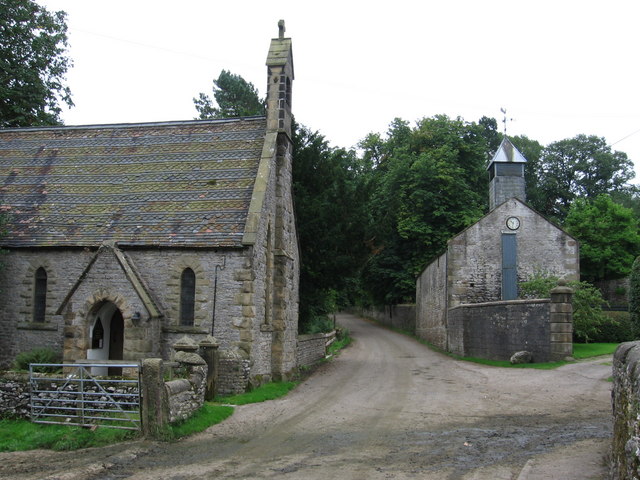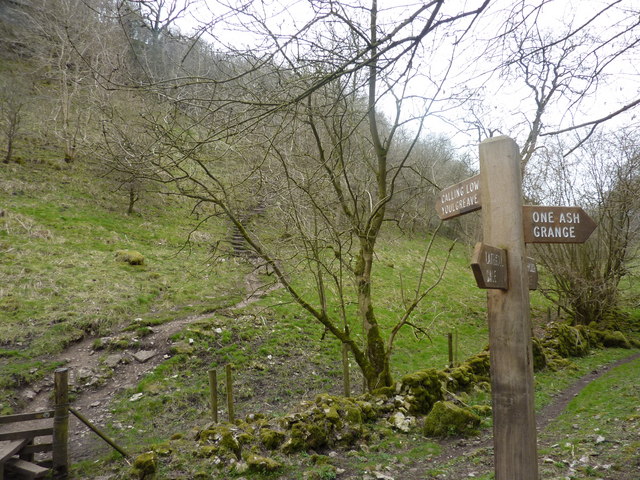Kiln Plantation
Wood, Forest in Derbyshire Derbyshire Dales
England
Kiln Plantation

Kiln Plantation, located in Derbyshire, is a sprawling woodland area renowned for its natural beauty and diverse ecosystem. Covering an extensive area, it is considered one of the largest plantations in the region. The plantation is primarily composed of dense deciduous trees, including oak, beech, birch, and ash, which create a lush and vibrant forest.
The plantation offers a sanctuary for a wide range of wildlife species, attracting nature enthusiasts and birdwatchers from near and far. Visitors can spot woodland birds such as woodpeckers, owls, and tits, as well as larger mammals like deer and foxes.
The woodland is crisscrossed by numerous well-maintained trails, making it a popular destination for hikers, joggers, and dog walkers. These paths wind through the plantation, providing visitors with the opportunity to immerse themselves in nature and enjoy the tranquil surroundings. Along the way, there are several designated picnic areas where visitors can relax and admire the scenic views.
Kiln Plantation is also home to a variety of plant species, with bluebells carpeting the forest floor in the springtime, creating a breathtaking display of color. The plantation's rich biodiversity is a testament to its well-preserved and protected environment.
In addition to its natural beauty, Kiln Plantation offers educational opportunities for schools and groups interested in learning about woodland ecosystems and conservation. The site has dedicated educational facilities and hosts workshops and guided tours to promote environmental awareness.
Overall, Kiln Plantation is a cherished natural gem in Derbyshire, providing a haven for wildlife, recreational activities, and educational experiences for visitors of all ages.
If you have any feedback on the listing, please let us know in the comments section below.
Kiln Plantation Images
Images are sourced within 2km of 53.163415/-1.7396043 or Grid Reference SK1762. Thanks to Geograph Open Source API. All images are credited.



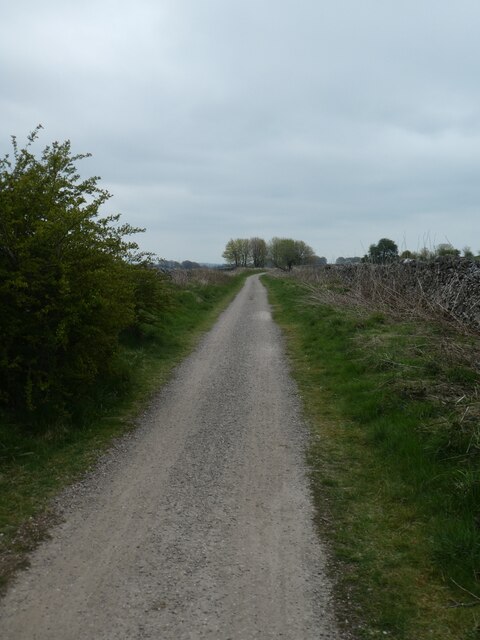
Kiln Plantation is located at Grid Ref: SK1762 (Lat: 53.163415, Lng: -1.7396043)
Administrative County: Derbyshire
District: Derbyshire Dales
Police Authority: Derbyshire
What 3 Words
///placed.forest.height. Near Newhaven, Derbyshire
Related Wikis
Middleton and Smerrill
Middleton and Smerrill is a civil parish within the Derbyshire Dales district, in the county of Derbyshire, England. Largely rural except for the village...
Arbor Low
Arbor Low is a well-preserved Neolithic henge in the Derbyshire Peak District, England. It lies on a Carboniferous Limestone plateau known as the White...
Gib Hill
Gib Hill is a large burial mound in the Peak District, Derbyshire, England. It is thought to be a Neolithic oval barrow with an Early Bronze Age round...
Middleton-by-Youlgreave
Middleton, often known as Middleton-by-Youlgreave or Middleton-by-Youlgrave to distinguish it from nearby Middleton-by-Wirksworth, is a village in the...
Limey Way
The Limey Way is a 65-kilometre (40 mi) challenge walk through Derbyshire, England. It starts at Castleton and progresses through 15 major and 5 minor...
Friden Goods Yard
Friden Goods Yard was a goods station located on the Cromford and High Peak Railway near the villages of Friden in Derbyshire. Mostly for moving mineral...
Cales Dale
Cales Dale is a short valley towards the head of Lathkill Dale near Monyash, Derbyshire in the Peak District of England. Cales Dale is included within...
Friden, Derbyshire
Friden is a hamlet in the civil parish of Hartington Nether Quarter, Derbyshire, England. It is 11 miles (18 km) south-east of Buxton, just off the Newhaven...
Nearby Amenities
Located within 500m of 53.163415,-1.7396043Have you been to Kiln Plantation?
Leave your review of Kiln Plantation below (or comments, questions and feedback).







